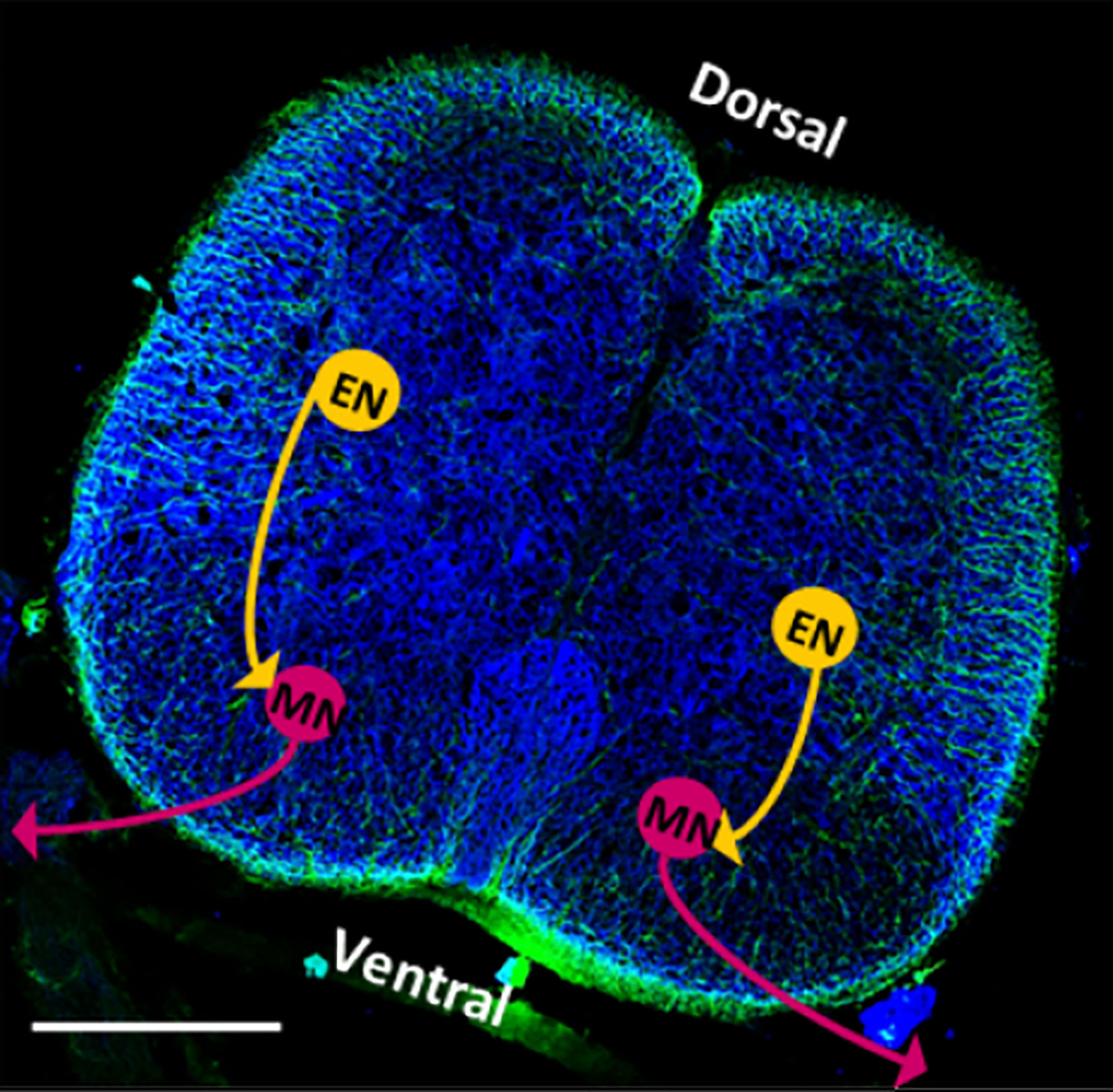The discovery of the role of β-arrestins in the formation of the spinal cord at the embryonic stage opens up perspectives for exploring the mechanisms that would allow its lesions to be repaired.
Tag: Nervous System
Rutgers Health Researchers Profile Clinical, Gene and Protein Changes in ‘Brain Fog’ From Long COVID
Scientists examined cognitive impairment and recovery time in patients following COVID-19 infection.
Hahn Awarded CZI Grant to Monitor, Manipulate Proteins Important in Nervous System Function, Neurological Disease
Klaus Hahn, PhD, the Ronald G. Thurman Distinguished Professor of Pharmacology at the UNC School of Medicine, will co-lead this Chan Zuckerberg Initiative project with colleagues at Duke University and North Carolina State University.
Sniffing our way to better health
Imagine if we could inhale scents that delay the onset of cancer, inflammation, or neurodegenerative disease. Researchers at the University of California, Riverside, are poised to bring this futuristic technology closer to reality.
Ultrasound Device for Pain Gets ‘Nod’ from Shark Tank and NIH Funding
A project using focused ultrasound is one of seven selected by the NIH, which also has received successful reviews from ABC’s “Shark Tank.” Researchers are developing a handheld probe to provide a noninvasive, non-opioid-based treatment for aggravated chronic pain for use in a physician’s office or potentially even at home. The device directs low-intensity ultrasound at the dorsal root ganglia – small bundles of nerves along the spine that control pain signals reaching the spinal cord – to provide means for precise treatment of back and leg pain.
Study First to Link Weed Killer Roundup® to Convulsions in Animals
A study is the first to link the use of the herbicide Roundup® to convulsions in animals. Glyphosate, the weed killer component in Roundup®, is the world’s most commonly used herbicide. Results showed that glyphosate and Roundup® increased seizure-like behavior in soil-dwelling roundworms and provides significant evidence that glyphosate targets GABA-A receptors. These communication points are essential for locomotion and are heavily involved in regulating sleep and mood in humans. What truly sets this research apart is that it was done at significantly less levels than recommended by the EPA and those used in past studies.
An effective new treatment for chronic back pain targets the nervous system
People challenged with chronic back pain have been given hope with a new treatment that focuses on retraining how the back and the brain communicate, a randomised controlled trial run by researchers at UNSW Sydney and Neuroscience Research Australia (NeuRA) and several other Australian and European universities has shown.
Seniors Should Stay Fit, Body & Mind – Chula Suggests Ways to Exercise Safely at Home to Keep COVID-19 Away
Chula physical therapy specialist invites seniors to exercise to boost their immunity against COVID-19 and stay fit even during home quarantine with easy ways to exercise at home during the lockdown.
Rush University Awarded “Real Funding To Make Big Progress” in Battling Parkinson’s
Rush University College of Medicine will be leading one of 21 teams receiving significant funding in hopes of making major advances in the fight against Parkinson’s disease.

Rat Spinal Cords Control Neural Function in Biobots
Biological robots draw inspiration from natural systems to mimic the motions of organisms, such as swimming or jumping. Improvements to biobots to better replicate complex motor behaviors can lead to exciting biorobotic engineering applications to help solve real world challenges. However, this requires the creation of biohybrid, which is a challenge. Researchers combined an intact rat spinal cord with a tissue-engineered, 3D muscle system. They describe the novel biohybrid system in the journal APL Bioengineering.
Autism Diagnosis Test Needs Improvement, Rutgers Researchers Say
Rutgers researchers have found that a test widely used to diagnose whether children have autism is less reliable than previously assumed.